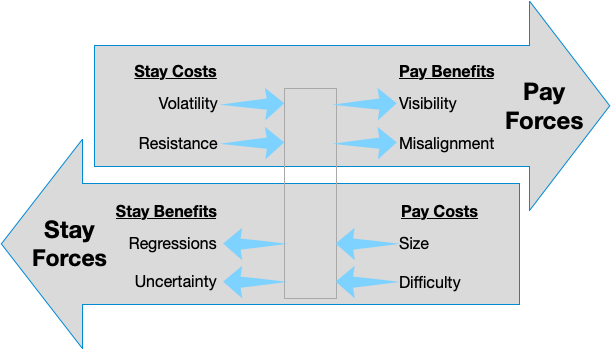After graduating college, my book choices have been self-determined, and for a long time, I read them serially. This is weird because up until then I was always reading more than one book at time (by necessity).
But, a few years ago, while researching learning methods and incorporating spaced-repetition (i.e. flash cards) into my life, I saw a recommendation to interleave reading. The idea is simple: You read more than one book at a time. This might be obvious to some, but it wasn’t to me. It was liberating.
One problem of reading a book all the way through is that you don’t have time to consider a chapter before moving on. When you interleave books, you have time to ruminate on them in the background. Better than that, you can use spaced-repetition to build flash cards that you practice before moving on. Then, while you are reading, the older chapters are periodically shown to you, reinforcing the whole book as you read.
Another exercise is to write your own synthesis of the chapter, applying it to your personal interests. This kind of note can be a blog post or a page in your Digital Zettelkasten. Over time, these original thoughts might build up to something bigger. For me, it was my book.
Finally, I read a lot of books that are meant to be used, not just read. They offer their own exercises. For example, here’s a post about the way I use The Artist’s Way, a quintessentially useful book, which encourages you to read a chapter a week and then do some work.
Before I did this, retention was hard. Now, it’s effortless (a few minutes a day in Anki) or the effort is welcome (it generates a blog post). But, it does mean I put books down intentionally, and so I need a different one to read while I work on retaining the first one.
(I meant to write about what I’m currently reading today, but I thought it would be good to write about this first so I can reference it. I’ll get to my current reading list tomorrow)
